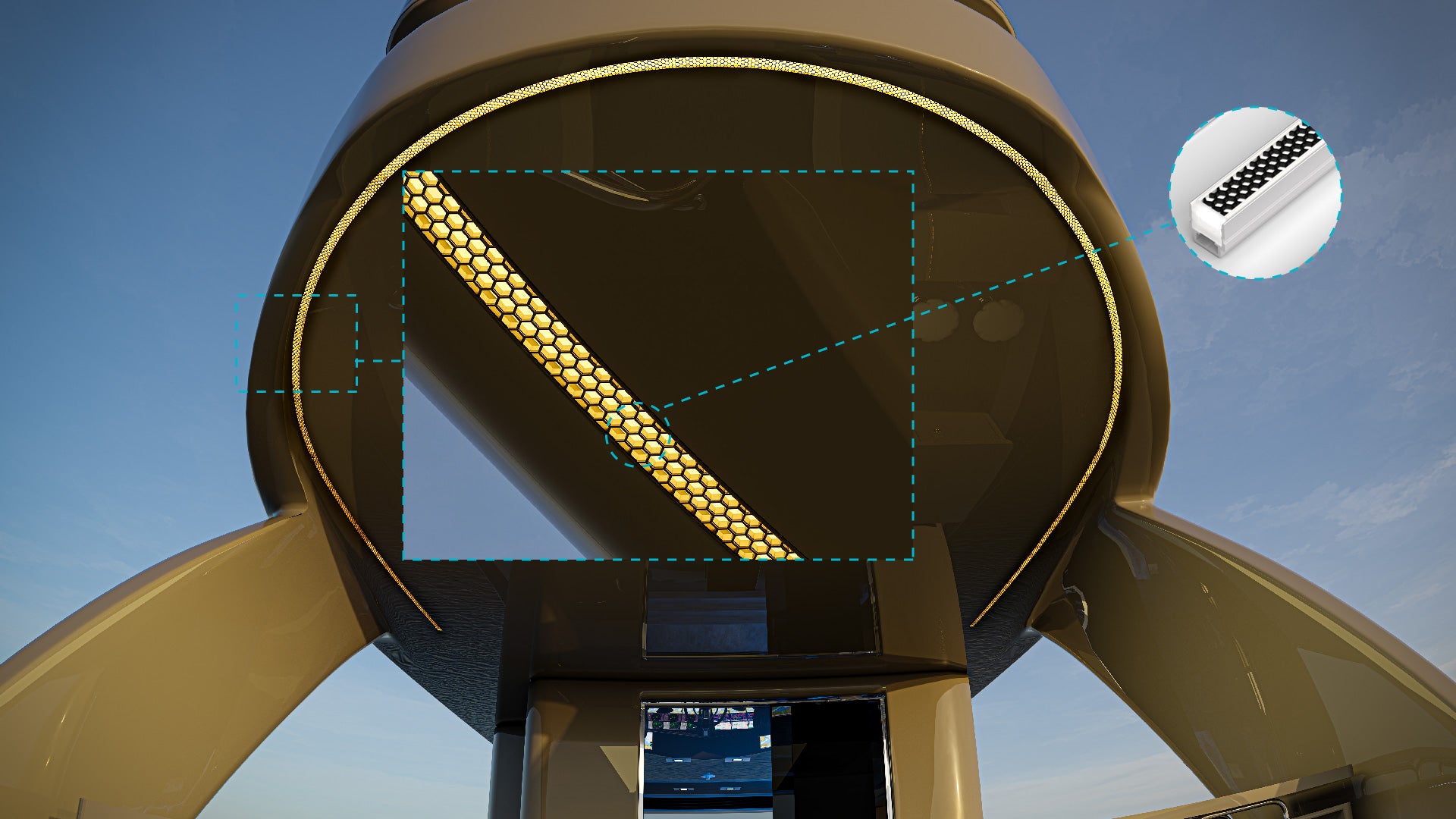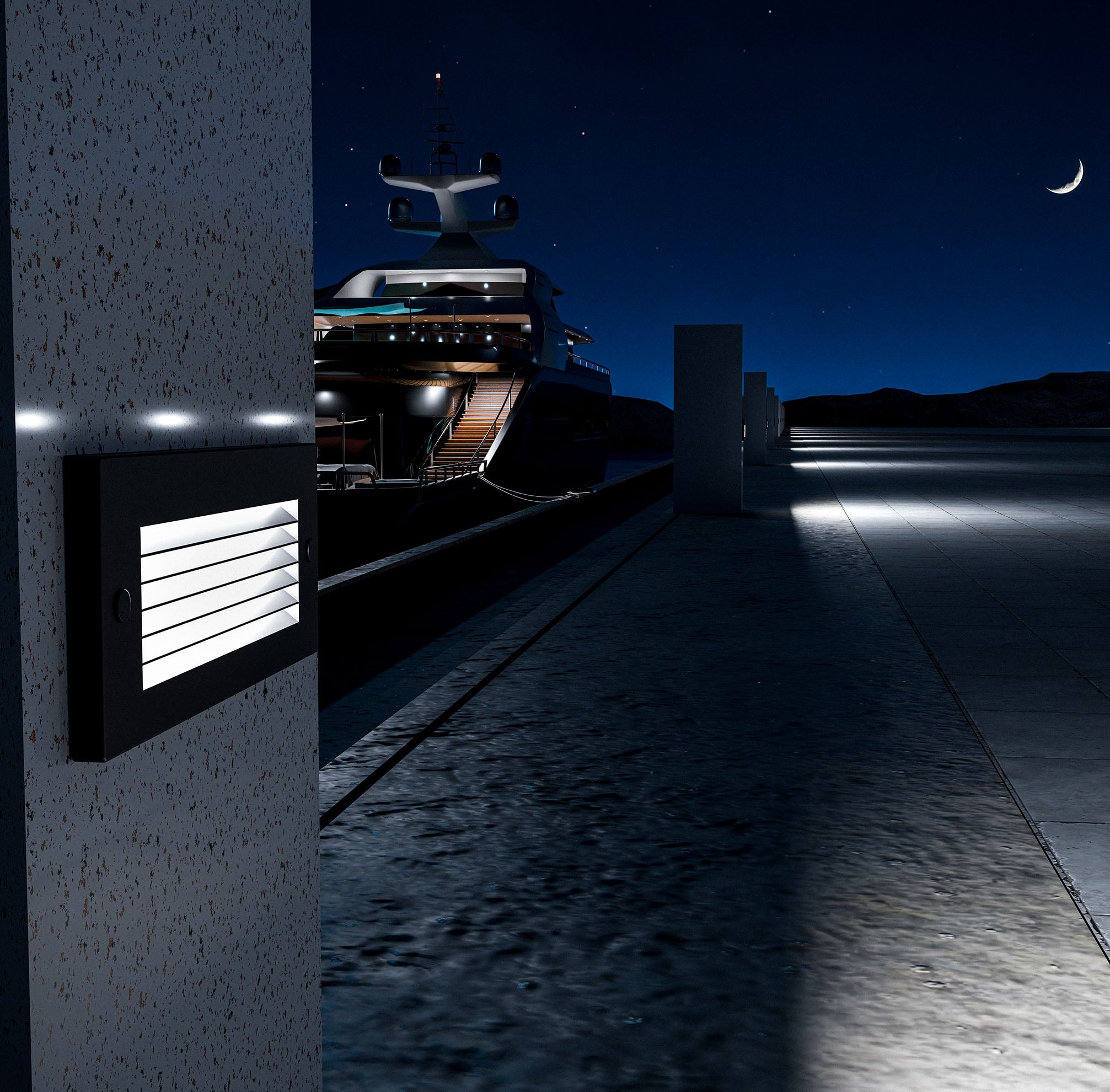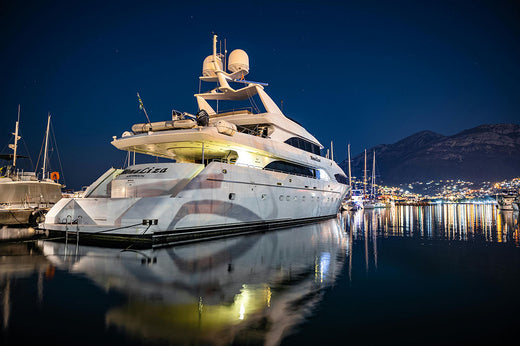In marine environments, proper lighting is not just a matter of convenience; it is essential for safety, navigation, and effective operation. Traditional lighting methods, such as halogen and incandescent bulbs, have long been the standard in the marine industry. However, advancements in technology have brought Marine LED lighting to the forefront, offering numerous benefits over older tec hnologies. This shift not only enhances functionality but also aligns with growing environmental and economic concerns.
1. Enhanced Energy Efficiency
LED lights stand out in the marine sector primarily due to their exceptional energy efficiency. Consuming significantly less power than traditional bulbs, LEDs can reduce a vessel's energy usage by up to 80%. This substantial decrease in power consumption translates directly into lower energy bills, providing long-term savings that can be crucial for operational budgets in the maritime industry. Moreover, the reduced energy demand of LEDs helps in minimizing the environmental footprint of marine operations, contributing to a more sustainable future. By opting for LED technology, marine operators can achieve both economic and ecological benefits, underscoring the importance of modernizing marine lighting systems.
2. Longer Lifespan
One of the most compelling arguments for switching to LED lighting in marine environments is their durability and longevity. LED lights typically last up to 50,000 hours, which is significantly longer than traditional halogen or incandescent bulbs that often last around 1,200 to 2,000 hours. This extended lifespan reduces the need for frequent bulb replacements, minimizing downtime and maintenance costs. Additionally, LEDs are built to be more resistant to shock and vibration, common challenges in marine settings, further enhancing their lifespan. Over time, the lower frequency of maintenance and replacements makes LEDs a cost-effective choice for marine operators, ensuring reliable lighting performance year after year.
3. Improved Safety and Visibility
LED lights offer superior illumination, which is crucial for enhancing safety in marine navigation. Their brighter, more focused light improves visibility on deck and in the water, which is vital during night operations or in poor weather conditions. This enhanced visibility significantly reduces the risk of accidents, which can be costly and dangerous. Moreover, LED lights have a quicker response time and can be programmed for intensity and color adjustments, features that further aid in signaling and visibility. By improving overall visibility, LED technology not only enhances the safety of crew members but also ensures the safe passage of marine vessels in all conditions.
4. Resistance to Harsh Conditions
LED lights are engineered to excel in harsh marine environments, where resistance to extreme conditions is crucial. These lighting solutions are designed with robust materials that withstand the corrosive effects of saltwater, a common challenge in maritime settings. Additionally, LEDs are highly resistant to vibrations and impacts, which are frequent on moving vessels. This resilience is a stark contrast to traditional lighting options, which often fail prematurely under similar conditions. The durability of LED lights ensures continuous operation without the frequent outages associated with halogen or incandescent bulbs, offering a more reliable lighting solution that keeps marine operations running smoothly, regardless of environmental challenges.
5. Versatility and Design Flexibility
The versatility and design flexibility of LED lighting are unmatched in the marine industry. Available in a range of sizes, shapes, and intensities, LED lights can be tailored to meet the specific needs of any vessel, from small fishing boats to large cargo ships. This adaptability extends to their integration within various parts of a marine vessel, including decks, cabins, and navigation areas, enhancing both the functionality and aesthetics of the spaces. LEDs can also be equipped with dimmable features and color-changing capabilities, allowing for customization that can suit different times of day or weather conditions. This level of versatility not only improves the visual appeal of vessels but also contributes to a more functional and adaptable lighting environment, accommodating a broad spectrum of marine activities.





